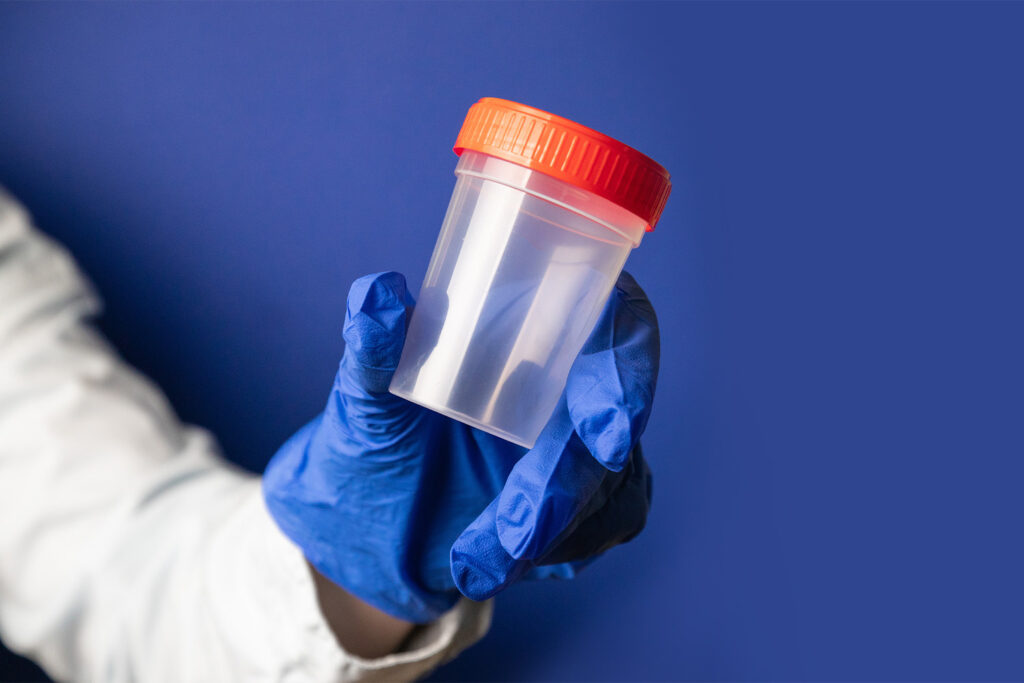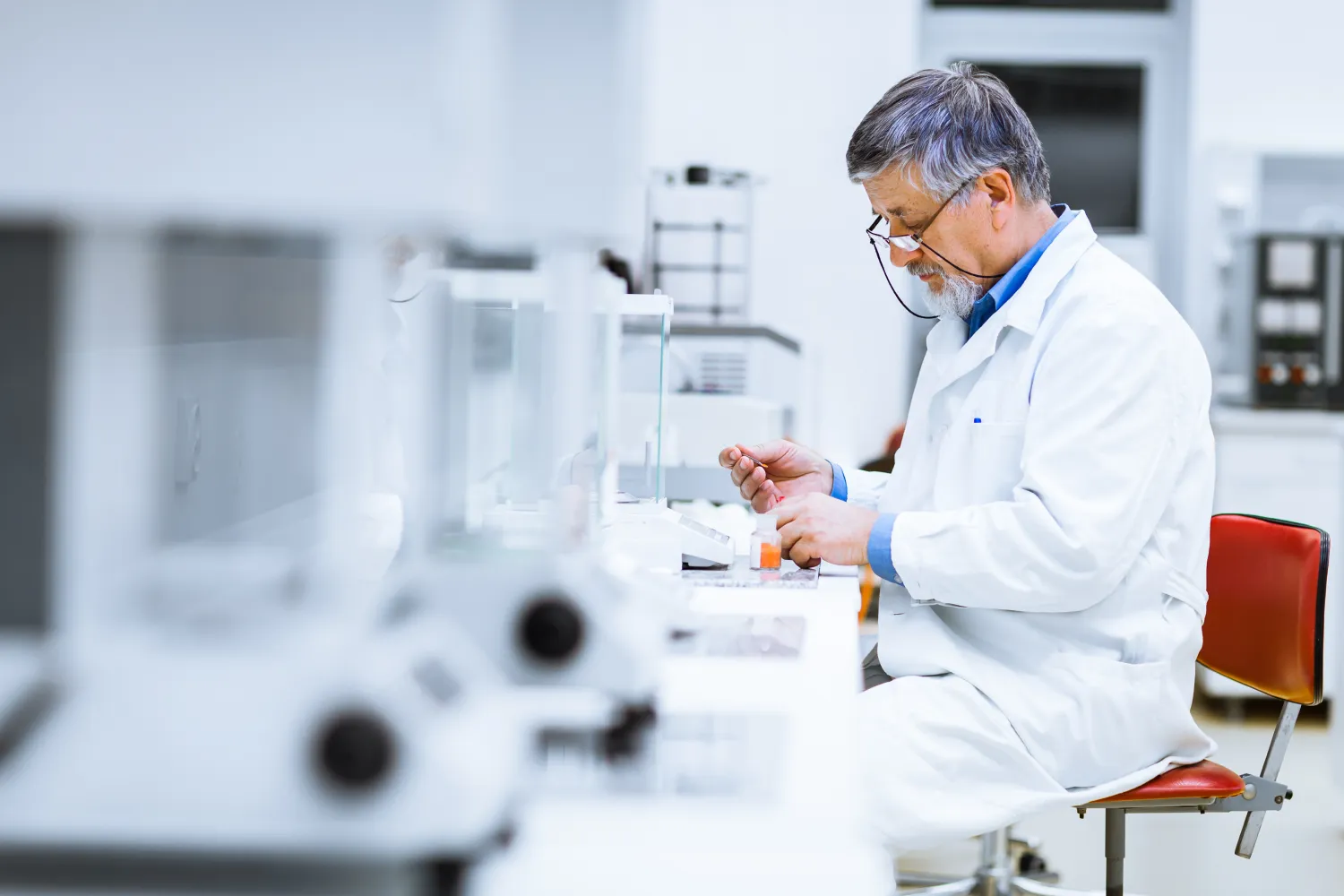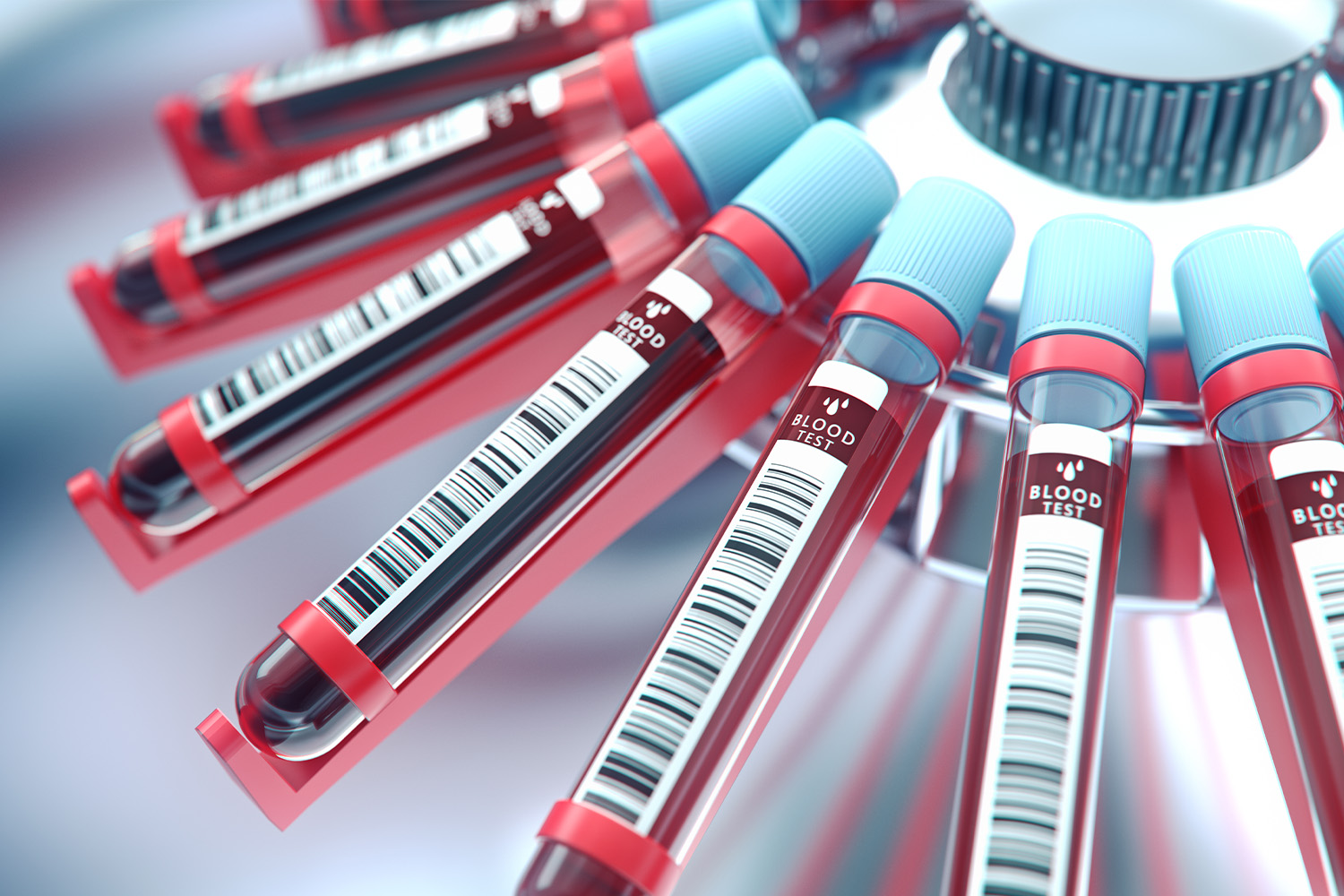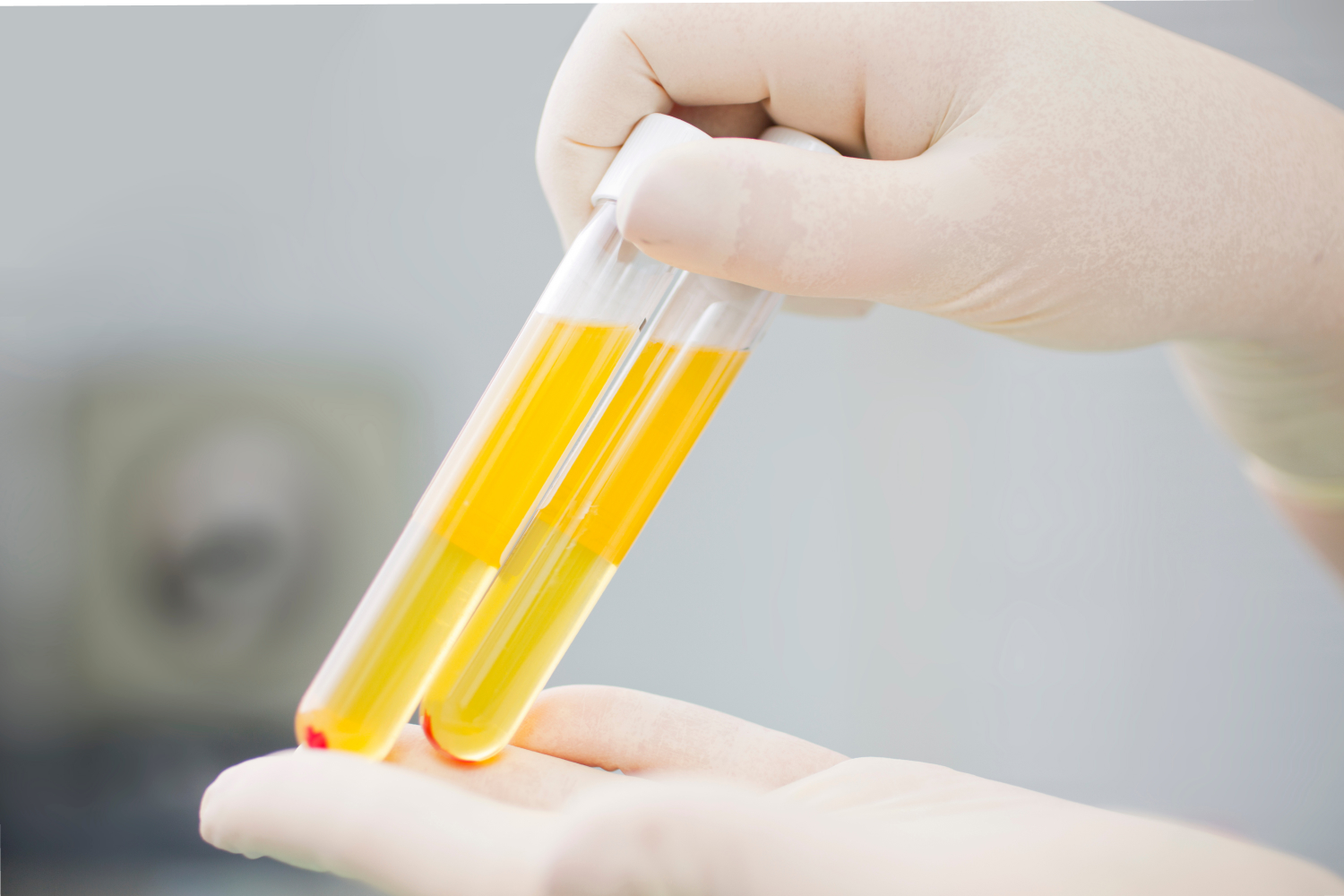
The use of biospecimens has vastly expanded the landscape of clinical research, allowing researchers to gain more insight into advanced diagnostic and treatment approaches in a wide variety of fields.
However, this kind of biomedical research is only possible through the selflessness of biospecimen participants. For this reason, it’s critical that researchers use patient biospecimens respectfully and strictly abide by clinical trial protocols and advisory processes.
Below, we’ll lay out the framework for some of the best practices for biospecimen clinical trials. Read on to learn more about these practices for collecting biospecimens in compliance with study protocols.
1. Consider Regulations and Review Boards
First and foremost, clinical trial researchers and investigators should collect and handle biospecimens only with appropriate informed consent from the patient.
In some cases, a waiver of consent may be granted by an independent ethical review board, otherwise known as an institutional review board (IRB). Anonymized biospecimens may not require IRB review, but identifiable specimens typically will.
One important thing to note is that the use of human fetal tissue can trigger ethical implications. Therefore, handling human fetal tissue should only be conducted in accordance with local statutes, regulations, and policies.
2. Review the Study Protocol
It’s important to review the study protocol, its eligibility criteria, and the logistics of collecting biospecimens from eligible candidates. For example, you’ll want to map out things like:
- Delivery times for the biospecimen kits
- Whether you or the institution will provide supplies
- How you will be logging collection time points throughout various designated collection time windows
You should also clarify the biospecimen kit shipping windows with the study team to ensure that the biospecimen collection process runs smoothly as planned. Depending on the biospecimen, time should be allotted for freezing or shipping on the day of collection.
3. Communicate With Your Team
Communicating with stakeholders is vital for the success of the biospecimen clinical trial. Pathology and biospecimen collection, review, and processing may need to be coordinated among different key players, depending on operations at the study site.
One best practice is to standardize the workflow for requesting pathology review of biospecimens.
For example, you’ll want to have a method and template in place for submitting pathology requests through your electronic medical record software or other messaging systems.
Certain individuals may be designated as key pathology contacts for requests. They will review the study protocol requirements with any phlebotomists or other lab technicians who may be assisting with the collection or handling of biospecimens, and they will help address any questions or concerns they may have before the collection date.
If the study calls for a post-dose biospecimen collection, make sure to coordinate follow-up visits with the patient to ensure the next collection is performed as required.
4. Prepare the Specimen Kits
Before the patient visit, you’ll need to ready the biospecimen kits and any protocol specimen guidelines. Have a plan set in place for every aspect of the visit, including labeling requirements.
You should also plan to have any requisition forms set up and available, print any shipping labels, and gather any shipping supplies for the samples. Planning out these aspects of the specimen collection process can help prevent any hiccups once the patient arrives.
5. Collect and Store Biospecimens Appropriately
The appropriate procedures for collecting and storing biospecimens will depend on the specific type of biospecimen being collected.
In general, samples should always be handled in accordance with previously outlined standard operating procedures (SOPs). Biospecimens that contain toxins should be treated as such.
Collecting Biospecimens
Researchers who collect or share biospecimen data from biorepositories and other collections are obligated to adhere to specific ethical and legal considerations.
When using biorepositories, it’s vital for researchers to obtain informed consent from patients regarding the sharing of their biospecimen data for present or future research studies. The use of the biospecimens should be clearly stated in the informed consent form, regardless of whether the biospecimen is identifiable or not.
Storing Biospecimens
Because biospecimen samples can be sensitive to slight environmental changes, biorepositories and other storage facilities should ensure they have the right environment in place.
Ambient temperature, air circulation, and lighting should be set and monitored on a case-by-case basis to protect the stability and integrity of the biospecimen.
Storage sites will also want to consider installing a backup emergency power generator in case the primary power fails. A plan should be set in place that outlines the process for handling a power failure or interruption in an emergency.
In addition, the use of remote and local systems for monitoring temperature should be implemented, especially in temperature-controlled environments.
6. Track Biospecimens Accurately
A computer-based inventory system is ideal for tracking biospecimen location and metadata. Of course, any inventory system should be implemented in accordance with local privacy and security regulations.
In an ideal computer inventory system, each biospecimen should have a unique identifier that can help researchers track events like the transfer of the biospecimen between locations, thawing, and processing.
Researchers should then be able to pull up a report through the unique identifier and access the biospecimen’s patient data, protocol information, and other necessary clinical information.
7. Ensure Proper Documentation
Researchers should consider how they document their processes while collecting and processing biospecimens.
For instance, you’ll want to have shipping manifests, notification sheets, requisition forms, and other documentation on hand as needed.
Tracking numbers, transfer updates, collection forms, and correspondence between study and site personnel are other examples of documentation that may need to be recorded for reference.
8. Maintain Quality Management Procedures
Standard operating procedures (SOPs) are crucial to ensure the quality and compliance of biospecimen collection, processing, and distribution for clinical trials.
For instance, the Occupational Safety and Health Administration (OSHA) in the United States has developed policies and recommendations for obtaining and processing human biospecimens.
Consider implementing a quality assurance program, if one is not already in place, to periodically evaluate adherence to the SOPs. In addition, biorepositories may want to consider self-auditing their processes for tracking their housed biospecimens.
They could do so by tracking the location and transfer reports of a single sample to review how and whether it got to the right location.
9. Outline Custodianship Policies
Biorepositories must also outline their process for custodianship of the biospecimens. Investigators or institutional representatives are responsible for facilitating the appropriate collection, processing, and storage of specimens — but sometimes a plan will be needed for the transfer of custodianship from one investigator to another.
One scenario in which custodianship may be of importance is the destruction of biospecimen samples. Storage of the biospecimen may be too costly, or the scientific value of the biospecimen may have been rendered null, necessitating transfer or destruction of the biospecimen. In these cases, it’s the designated custodian who will be responsible for reviewing and approving the transfer or destruction of the biospecimens.
10. Address Potential Patient Challenges
Without patients, there is no biospecimen collection and research. Therefore, it is important for clinicians to educate their patients on the value of participating in biospecimen clinical trials. The research rationale, benefits, and risks should be relayed to patients in a way that they understand, and any concerns about privacy or security should be assuaged accordingly.
These topics may also be addressed through informed consent. The informed consent document may need to include terms on the future use of the biospecimen in order to encompass the full scope of research purposes.
In most cases, the patient will not receive any direct compensation or clinical benefit from the use of their provided biospecimens, and they should be made aware of this through an initial discussion.
Summary
Biospecimens are vital for the advancement of clinical trial research. However, the various steps for collecting, storing, transporting, processing, and disposing of biospecimens warrant standardized workflows and procedures.
The best practices for a biorepository for clinical trials should maintain clinical research specimen integrity — while also ensuring the respect and privacy of the patient providing the specimen.
At a minimum, patients must be made aware of the projected outcomes of the clinical trials that their specimens are involved in. There should also be a discussion with the patient to review the expectations and value linked to providing specimen data.
As biospecimen-handling processes have come to the forefront in clinical research across all fields of medicine, improving and maintaining best practices for biospecimens is crucial. Protocols should be reviewed and updated to outline the exact process for how the biospecimens will be collected, stored, and distributed for research purposes.
Use iProcess for Biospecimen Processes
As a leading global supplier of biospecimens, iProcess works with numerous pharmaceutical, diagnostic, and research organizations. We deliver high quality for even the most complex collection protocols.
With over 100,000 specimens shipped from over 1,000 sites worldwide, iProcess has the experience needed to ensure proper specimen handling procedures and deliver the results you need.
Get in touch with us today to learn more or request a quote.
Sources:
Cleveland Clinic BioRepository (CC-BioR) | Cleveland Clinic
Issues Surrounding Biospecimen Collection and Use in Clinical Trials | PubMed
Human Biospecimens — IBC Safety Guidelines | Central Michigan University




